
Laravel is the PHP framework for Web Craftsman. This helps us build powerful applications and APIs. As many of you know there are many ways to validate requests in Laravel. Handling request validation is a very important part of any application. Laravel has some great features that handle this problem very well.
Getting Started
Most of us are familiar with using validators in controllers. This is the most common way to handle validation of incoming requests.
Here is what our validator looks like UserController
<?php
namespace App\Http\Controllers\API\v1\Users;
use App\Http\Controllers\Controller;
use Illuminate\Http\Request;
use Illuminate\Support\Facades\Validator;
use App\Entities\Models\User;
class UserController extends Controller
{
public function store(Request $request)
{
// validate incoming request
$validator = Validator::make($request->all(), [
'email' => 'required|email|unique:users',
'name' => 'required|string|max:50',
'password' => 'required'
]);
if ($validator->fails()) {
Session::flash('error', $validator->messages()->first());
return redirect()->back()->withInput();
}
// finally store our user
}
}Validating in the controller
There is no problem validating the incoming request in the controller , but this is not the best approach and your controller will look messy. In my opinion this is bad practice. The controller should only handle one processing request from the route and return an appropriate response.
Writing validation logic in the controller will break the single responsibility principle. We all know that requirements change over time, and every time the requirements change, so will your class responsibilities. Therefore, having a lot of responsibilities in a single class makes management very difficult.
Laravel has form requests, a separate request class that contains validation logic. To create one, you can use the Artisan command.
php artisan make: Request UserStoreRequest
This will create a new Request class app\Http\Request\UserRequest
<?php
namespace App\Http\Requests;
use Illuminate\Foundation\Http\FormRequest;
class UserStoreRequest extends FormRequest
{
/**
* Determine if the user is authorized to make this request.
*
* @return bool
*/
public function authorize()
{
return true;
}
/**
* Get the validation rules that apply to the request.
*
* @return array
*/
public function rules()
{
return [
'email' => 'required|email|unique:users',
'name' => 'required|string|max:50',
'password' => 'required'
];
}
/**
* Custom message for validation
*
* @return array
*/
public function messages()
{
return [
'email.required' => 'Email is required!',
'name.required' => 'Name is required!',
'password.required' => 'Password is required!'
];
}
}Laravel Form Request class has two default methods auth( ) and rules(). You can perform any authorization logic in the auth() method regardless of whether the current user is allowed to request. In the rules() method you can write all the validation rules. There is also a method messages() to pass your own array of validation messages.
Now change our UserController to use our UserStoreRequest. You can enter the prompt for our request class and it will automatically parse and validate before calling our controller function.
<?php
namespace App\Http\Controllers\API\v1\Users;
use App\Http\Controllers\Controller;
use App\Http\Requests\UserStoreRequest;
class UserController extends Controller
{
public function store(UserStoreRequest $request)
{
// Will return only validated data
$validated = $request->validated();
}
}So our controller is now slim and easy to maintain. Now our controller doesn't need to worry about any validation logic. We have our own validation class with only one responsibility to handle validation and let the controller work there.
If verification fails, it will redirect the user to the previous location and display an error. Depending on your request type an error message will flash in the session. If the request is AJAX, a response will be returned with a 422 status code and a JSON-formatted error.
Return
Keep your application and users safe by sanitizing input. Use a cleaner in your application and it will ensure that the data is always well-formatted and consistent. In many cases, validation fails due to silly formatting errors.
The mobile phone number entered by the user is 99-9999-999999 or 99-(9999)-(999999). This is a very common mistake and we cannot force our users to re-enter the same details again.
Some other examples are if the user enters an email as Foo@Bar.COM or FOO@Bar.com. Or enter first and last name, like FOO **bAR or foo baR**
Sanitizer Contains methods to transform and filter data in a common format before feeding it to the validator.
I'm using the Waavi/Sanitizer package which contains many filters.
Waavi / Data Cleaning
Let us create abstract class BaseFormRequest for Form Request and use SanitizesInput trait here.
<?php
namespace App\Http\Requests;
use Illuminate\Contracts\Validation\Validator;
use Illuminate\Foundation\Http\FormRequest;
use Illuminate\Http\Exceptions\HttpResponseException;
use Illuminate\Http\JsonResponse;
use Waavi\Sanitizer\Laravel\SanitizesInput;
abstract class BaseFormRequest extends FormRequest
{
use ApiResponse, SanitizesInput;
/**
* For more sanitizer rule check https://github.com/Waavi/Sanitizer
*/
public function validateResolved()
{
{
$this->sanitize();
parent::validateResolved();
}
}
/**
* Get the validation rules that apply to the request.
*
* @return array
*/
abstract public function rules();
/**
* Determine if the user is authorized to make this request.
*
* @return bool
*/
abstract public function authorize();
}So now we can write the following content of UserStoreRequest. Extend your form requests from our base class so we don't have to include traits in all request classes.
<?php
namespace App\Http\Requests;
class UserStoreRequest extends BaseFormRequest
{
/**
* Determine if the user is authorized to make this request.
*
* @return bool
*/
public function authorize()
{
return true;
}
/**
* Get the validation rules that apply to the request.
*
* @return array
*/
public function rules()
{
return [
'email' => 'required|email|unique:users',
'name' => 'required|string|max:50',
'password' => 'required'
];
}
public function messages()
{
return [
'email.required' => 'Email is required!',
'name.required' => 'Name is required!',
'password.required' => 'Password is required!'
];
}
/**
* Filters to be applied to the input.
*
* @return array
*/
public function filters()
{
return [
'email' => 'trim|lowercase',
'name' => 'trim|capitalize|escape'
];
}
}SanitizesInputtrait provides a filters() method to format our request data before providing it to the validator. The filters() method returns an array of valid filters. Here we convert the user email to lowercase and trim the same way we converted the name to uppercase and escape any HTML tags.
You can learn more about the available filters here.
Conclusion
First of all, it seems that there is no need to make separate request classes for everyone. But imagine putting all validation logic in the same controller. It's like a bad nightmare - when it comes to managing your code, how much worse is it if someone else has to manage it? .
Thank you for reading.
I'd like to hear your opinion on this. If you have any questions or suggestions, please leave a comment below.
Have a nice day.
For more Laravel related technical articles, please visit the Laravel Framework Getting Started Tutorial column to learn!
The above is the detailed content of A smart way to handle request validation in Laravel. For more information, please follow other related articles on the PHP Chinese website!
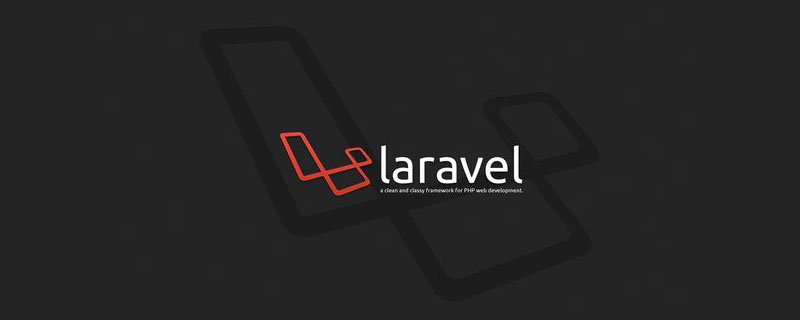 laravel单点登录方法详解Jun 15, 2022 am 11:45 AM
laravel单点登录方法详解Jun 15, 2022 am 11:45 AM本篇文章给大家带来了关于laravel的相关知识,其中主要介绍了关于单点登录的相关问题,单点登录是指在多个应用系统中,用户只需要登录一次就可以访问所有相互信任的应用系统,下面一起来看一下,希望对大家有帮助。
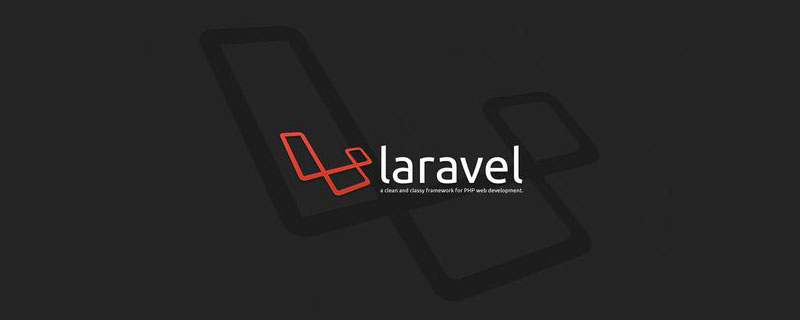 一起来聊聊Laravel的生命周期Apr 25, 2022 pm 12:04 PM
一起来聊聊Laravel的生命周期Apr 25, 2022 pm 12:04 PM本篇文章给大家带来了关于laravel的相关知识,其中主要介绍了关于Laravel的生命周期相关问题,Laravel 的生命周期从public\index.php开始,从public\index.php结束,希望对大家有帮助。
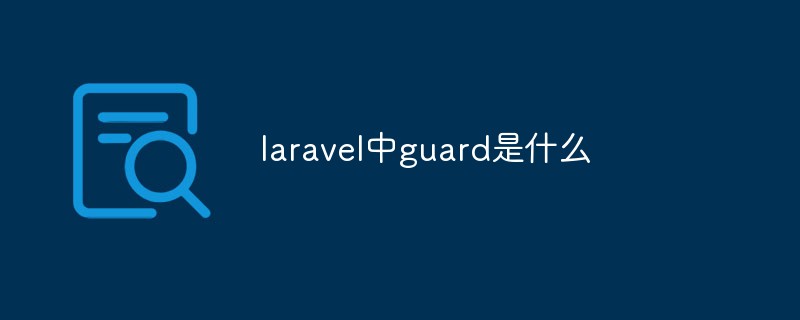 laravel中guard是什么Jun 02, 2022 pm 05:54 PM
laravel中guard是什么Jun 02, 2022 pm 05:54 PM在laravel中,guard是一个用于用户认证的插件;guard的作用就是处理认证判断每一个请求,从数据库中读取数据和用户输入的对比,调用是否登录过或者允许通过的,并且Guard能非常灵活的构建一套自己的认证体系。
 laravel中asset()方法怎么用Jun 02, 2022 pm 04:55 PM
laravel中asset()方法怎么用Jun 02, 2022 pm 04:55 PMlaravel中asset()方法的用法:1、用于引入静态文件,语法为“src="{{asset(‘需要引入的文件路径’)}}"”;2、用于给当前请求的scheme前端资源生成一个url,语法为“$url = asset('前端资源')”。
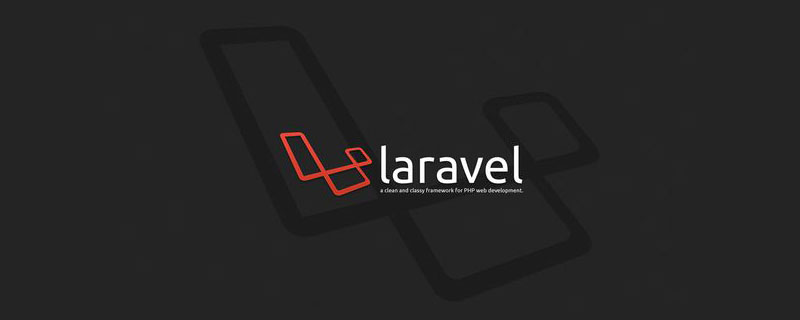 实例详解laravel使用中间件记录用户请求日志Apr 26, 2022 am 11:53 AM
实例详解laravel使用中间件记录用户请求日志Apr 26, 2022 am 11:53 AM本篇文章给大家带来了关于laravel的相关知识,其中主要介绍了关于使用中间件记录用户请求日志的相关问题,包括了创建中间件、注册中间件、记录用户访问等等内容,下面一起来看一下,希望对大家有帮助。
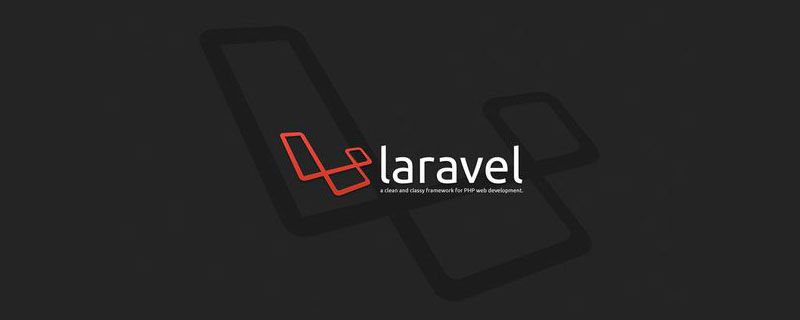 laravel中间件基础详解May 18, 2022 am 11:46 AM
laravel中间件基础详解May 18, 2022 am 11:46 AM本篇文章给大家带来了关于laravel的相关知识,其中主要介绍了关于中间件的相关问题,包括了什么是中间件、自定义中间件等等,中间件为过滤进入应用的 HTTP 请求提供了一套便利的机制,下面一起来看一下,希望对大家有帮助。
 laravel路由文件在哪个目录里Apr 28, 2022 pm 01:07 PM
laravel路由文件在哪个目录里Apr 28, 2022 pm 01:07 PMlaravel路由文件在“routes”目录里。Laravel中所有的路由文件定义在routes目录下,它里面的内容会自动被框架加载;该目录下默认有四个路由文件用于给不同的入口使用:web.php、api.php、console.php等。
 laravel的fill方法怎么用Jun 06, 2022 pm 03:33 PM
laravel的fill方法怎么用Jun 06, 2022 pm 03:33 PM在laravel中,fill方法是一个给Eloquent实例赋值属性的方法,该方法可以理解为用于过滤前端传输过来的与模型中对应的多余字段;当调用该方法时,会先去检测当前Model的状态,根据fillable数组的设置,Model会处于不同的状态。


Hot AI Tools

Undresser.AI Undress
AI-powered app for creating realistic nude photos

AI Clothes Remover
Online AI tool for removing clothes from photos.

Undress AI Tool
Undress images for free

Clothoff.io
AI clothes remover

AI Hentai Generator
Generate AI Hentai for free.

Hot Article

Hot Tools

Notepad++7.3.1
Easy-to-use and free code editor

SAP NetWeaver Server Adapter for Eclipse
Integrate Eclipse with SAP NetWeaver application server.

EditPlus Chinese cracked version
Small size, syntax highlighting, does not support code prompt function

PhpStorm Mac version
The latest (2018.2.1) professional PHP integrated development tool

SublimeText3 Chinese version
Chinese version, very easy to use






